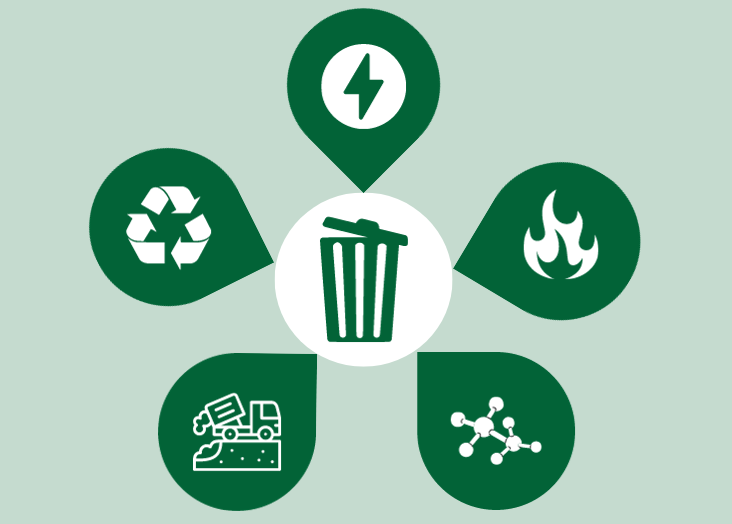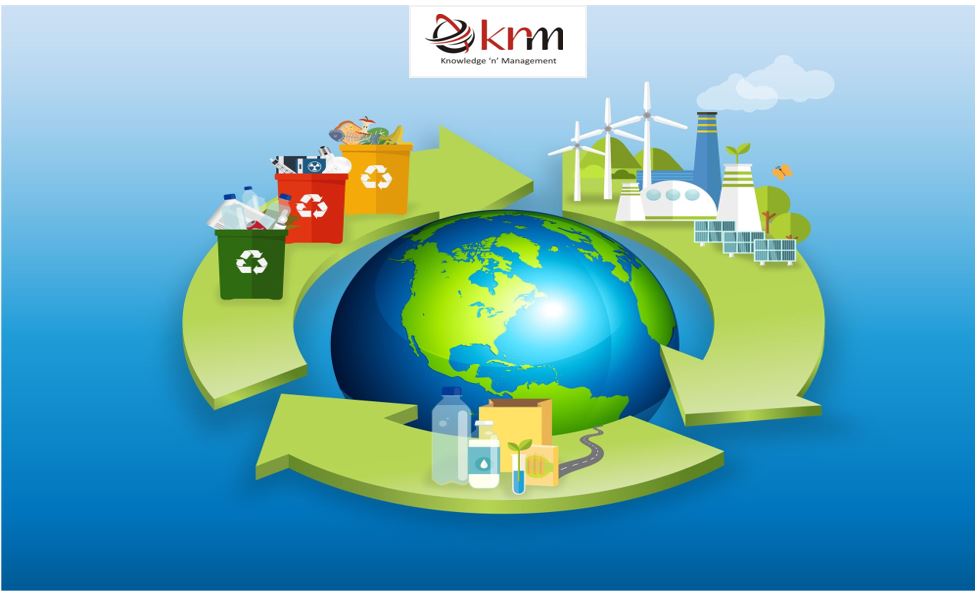Exactly How Recycling Lives Services Help Reduce Environmental Footprints
Discovering Different Sorts Of Waste in Modern Waste Management Equipment
The modern landscape of waste administration entails navigating a complex selection of waste kinds, each requiring specialized handling and disposal methods to reduce environmental influences. Municipal strong waste, dangerous waste, digital waste, and organic waste each existing distinct obstacles and opportunities for source healing.
Municipal Strong Waste
Community strong waste, typically described as household garbage or waste, includes a range of disposed of products produced by domestic, commercial, and institutional resources within a community. This waste stream typically consists of items such as product packaging, food scraps, lawn trimmings, paper, plastics, fabrics, and discarded family items. The monitoring of community strong waste is an important element of metropolitan planning and public wellness, demanding reliable collection, transport, and disposal systems.
Effective waste administration systems are created to decrease environmental effect while making the most of resource recovery. This usually includes a mix of techniques including landfilling, composting, and recycling. Reusing programs target materials like paper, glass, steels, and certain plastics, diverting them from land fills and reintroducing them right into the manufacturing cycle. Composting natural waste, such as food scraps and yard trimmings, not only decreases land fill use but likewise produces important dirt changes.
Municipalities need to likewise resolve the economic and logistical difficulties related to waste management. Executing pay-as-you-throw systems, improving public awareness, and buying modern technology can substantially boost waste diversion prices. By incorporating these practices, districts can promote sustainable communities, lower greenhouse gas discharges, and save natural deposits.
Hazardous Waste

Reliable contaminated materials administration includes numerous crucial actions: recognition, disposal, therapy, and segregation. Recognition requires the category of waste based upon its dangerous properties. Partition guarantees that hazardous products are stored individually from non-hazardous waste to stop cross-contamination. Treatment approaches, such as chemical neutralization, incineration, and stabilization, are utilized to decrease the toxicity, volume, or movement of the waste. Disposal options, including protected land fills and below ground storage space, are picked to guarantee long-term containment.
Governing frameworks, such as the Source Conservation and Recuperation Act (RCRA) in the United States, give guidelines and requirements for unsafe waste management. Adherence to these laws, combined with developments in waste therapy modern technologies, is vital in reducing the risks related to contaminated materials.
Electronic Waste
Electronic waste, typically described as e-waste, represents a quickly expanding obstacle in waste management systems around the world. This sort of waste encompasses discarded electronic devices and equipment such as smart devices, computer systems, televisions, and various other digital home appliances. The quick rate of technological innovation, paired with decreasing item life-spans and consumer demand for the most up to date devices, has tremendously boosted the volume of e-waste created annually.
E-waste is especially troublesome as a result of its complex composition, frequently consisting of harmful materials like lead, mercury, and cadmium, which present significant environmental and wellness risks otherwise effectively handled. Conversely, e-waste additionally contains beneficial materials such as silver, copper, and gold, which can be recouped and reused. The dual nature of e-waste-- both useful and hazardous-- demands customized handling, reusing, and disposal procedures.
Reliable e-waste management includes strict governing structures, durable collection systems, and progressed recycling innovations. Public recognition and engagement are vital, as incorrect disposal practices, such as illegal disposing and informal recycling, intensify ecological contamination and carcinogen. Boosting e-waste management techniques is essential for reducing ecological effect and recuperating important sources in an increasingly electronic world.

Organic Waste
Organic waste, making up kitchen area scraps, lawn trimmings, and agricultural residues, represents a significant section of the international waste stream. This kind of waste is naturally degradable, meaning it can be damaged down by microbes into simpler organic substances. Despite its capacity for all-natural disintegration, improper administration of natural waste can cause unfavorable environmental impacts, including the exhaust of greenhouse gases such as methane, which add to climate change.
Effective monitoring of organic waste is important for minimizing these ecological impacts (recycling lives services). Composting is a widely adopted method, changing natural waste into nutrient-rich garden compost that can enhance dirt wellness and agricultural productivity. In addition, anaerobic digestion is an arising technology that transforms organic waste original site into biogas, a renewable power source, and digestate, which can be utilized as fertilizer
Municipalities and waste administration entities should execute robust natural waste collection and treatment programs to optimize the benefits of these procedures. Public education campaigns can additionally play an essential role in motivating families and companies to different natural waste from other sorts of waste. By prioritizing the monitoring of organic waste, cultures can lower garbage dump usage, reduced greenhouse gas exhausts, and develop useful byproducts for farming use.

Cutting-edge Waste Management
In the world of waste administration, cutting-edge techniques are transforming just how cultures manage their refuse, going for sustainability and effectiveness. These advancements include a series of technologies and methods that improve recycling rates, reduce landfill you could look here dependence, and lower environmental impact. One famous development is the implementation of smart waste bins furnished with sensing units that keep an eye on fill levels and enhance collection paths. This not just decreases fuel usage but additionally lessens greenhouse gas exhausts.
An additional significant development is the adoption of waste-to-energy (WtE) innovations. By transforming non-recyclable waste right into usable energy with processes such as incineration and anaerobic food digestion, WtE minimizes landfill worry and provides a renewable resource source. Additionally, advancements in chemical recycling enable the breakdown of complex plastics into their original monomers, allowing the creation of new, top notch plastic items.
Additionally, the circular economy model is getting traction, stressing the design of items and systems that prioritize reusability and source performance. This alternative strategy motivates markets to lessen waste generation from the start. With these ingenious approaches, modern waste administration systems are not just resolving the instant challenges of garbage disposal yet additionally leading the method for an extra sustainable future.
Final Thought
An extensive understanding of local strong waste, dangerous waste, electronic waste, and organic waste, paired with the execution of ingenious waste monitoring remedies, is crucial for alleviating environmental effects. Incorporating technologies such as clever waste containers and waste-to-energy systems can improve effectiveness and sustainability. Reliable waste monitoring strategies not just foster source recovery however likewise advertise public recognition and involvement, inevitably adding to the growth of a circular economic climate.
The modern landscape of waste administration entails browsing a complicated selection of waste types, each requiring specialized handling and disposal methods to mitigate ecological influences. Metropolitan strong waste, harmful waste, digital waste, and natural waste each present distinct obstacles continue reading this and chances for resource recovery.Digital waste, commonly referred to as e-waste, represents a quickly growing difficulty in waste management systems around the world. Through these innovative techniques, contemporary waste administration systems are not only addressing the instant challenges of waste disposal but likewise paving the method for a more lasting future.
A thorough understanding of metropolitan strong waste, harmful waste, digital waste, and organic waste, paired with the implementation of ingenious waste management solutions, is important for reducing environmental effects. (recycling lives services)